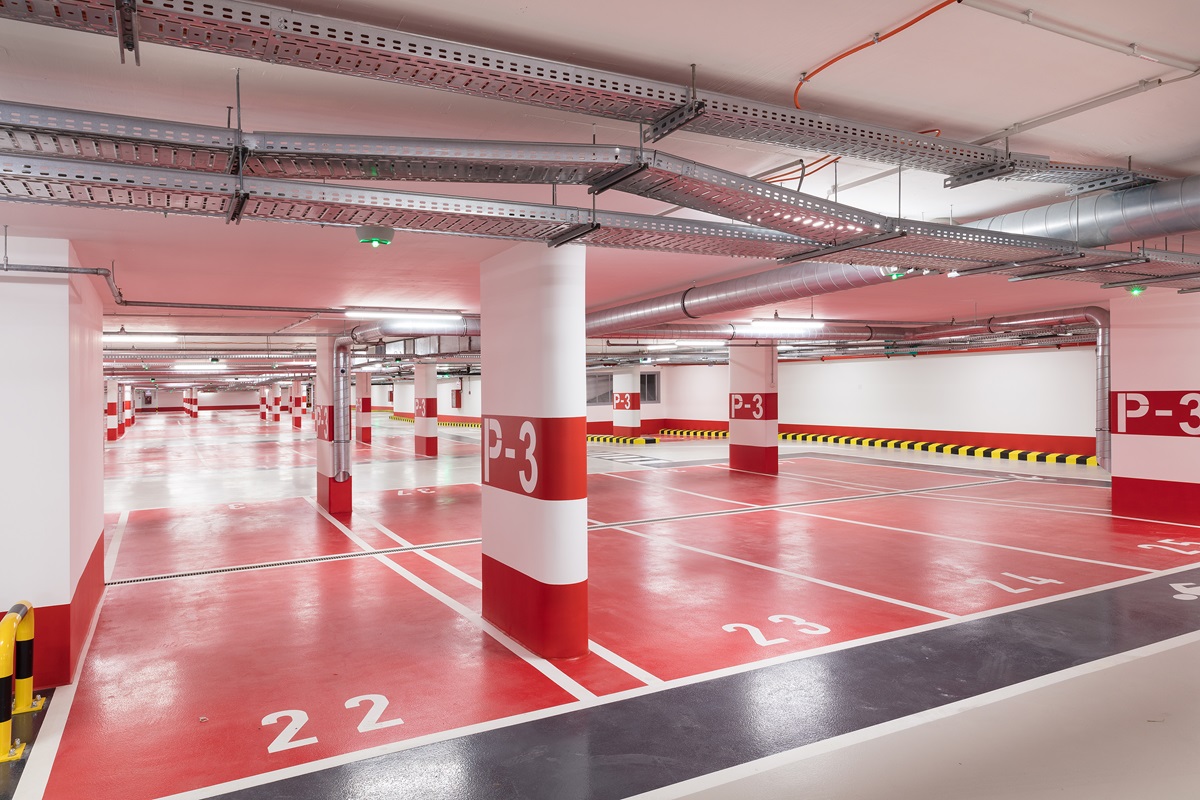BudapestJózsef Nádor Square
Budapest, District V, József Nádor Square - construction of underground car park
WHB started the construction of a three-storey underground car park with 525 spaces in the heart of the city in Jószef Nádor Square, situated between Erzsébet Square and Lánchíd on 1 March 2016, commissioned by OTP Ingatlan Zrt. In the car park it is possible to secure bicycles, and spaces for electric cars, complete with their own charging station, have been provided. On the first floor a car wash facility was built. Needless to say that, in keeping with today’s requirements, it is a barrier-free building, and passenger lifts are provided at both ends of the square.
The entire facility is located underground, with only the entry and exit ramps, the stairways enabling the pedestrians to access and exit the garage, and the structures of the lifts being located on the square. Except for the above, the whole surface of the square has been renewed, and after the landscaping and grassing work, Budapest and its visitors can enjoy a better quality and more modern green area.
During the earthworks of the underground car park about 75,000 m3 of earth was excavated, and diaphragm wall technology was used for the delimitation of work area.
The drainage of the excavation site was continuous during the construction work in order to ensure undisturbed workflow.
The base slab and the floors above have 5,300 m2 of floor space, and the volume of the entire building is more than 55,000 m3.
The top floor (0) was covered with 2.5-metre-deep earth in order to ensure the best possible conditions for the plants being grown there.
The building site was surrounded by a high safety fence. The relocation of the utilities that crossed the square took place, and archaeological excavations and the necessary earthworks relating to this were carried out.
The archaeologists worked under the supervision of bomb disposal experts and examined the area affected by civil engineering. They initially found 430 graves, and, with a further unexamined area, this number is expected to rise to over 500. The excavation site used to be an Ottoman cemetery, the location of which has been known for a while, thanks to archaeological probes and period drawings.
Only after the archaeological excavations (September 2016) could the actual construction work begin, and this lasted until the end of 2017, followed by landscaping carried out by District V.
As a result, we gave the District back a brighter, greener, and more liveable space, and with the improvement of the parking situation, the value of properties was expected to be affected positively.
